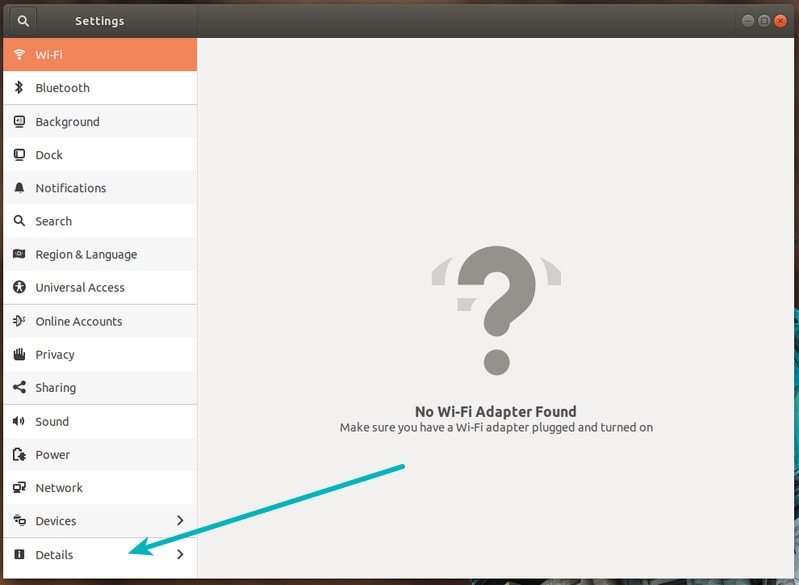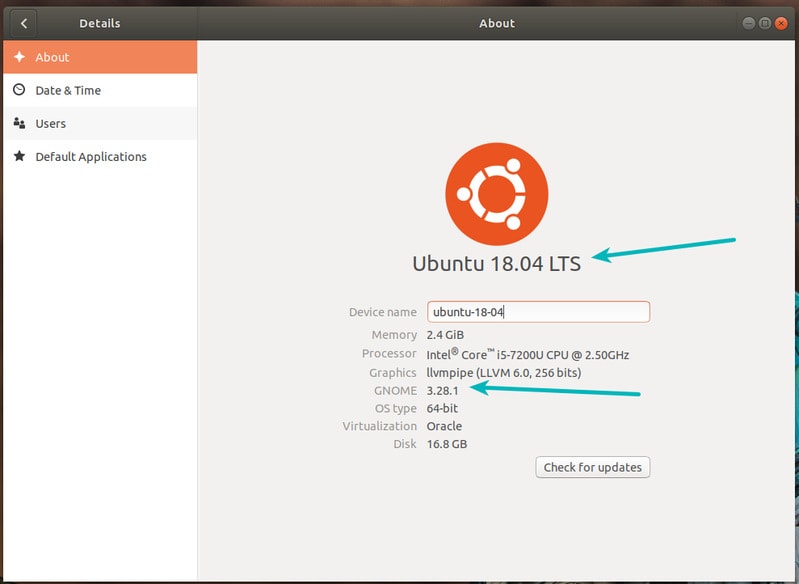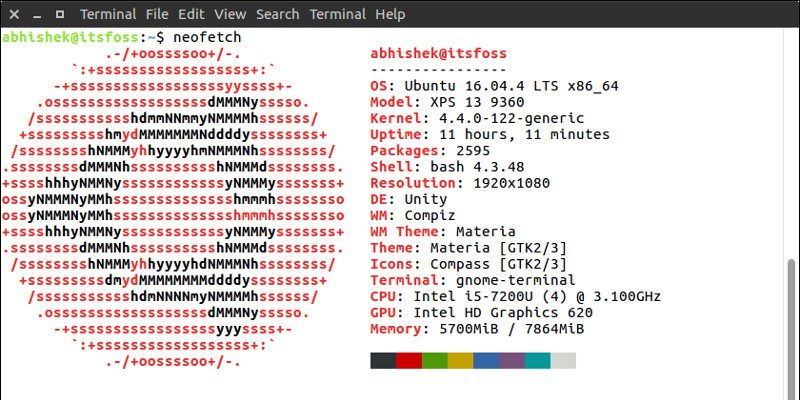
Knowing the exact Ubuntu version, desktop environment and other system information helps a lot when you’re trying to follow a tutorial from the web or seeking help on forums.
It also helps while installing software from some external repositories.
To check the Ubuntu version, use the following command in terminal:
lsb_release -aThis will show you some details about your distribution, including Ubuntu version:
Distributor ID: Ubuntu
Description: Ubuntu 20.04 LTS
Release: 20.04
Codename: focalThere are other ways to find the Ubuntu version I'll be discussing in detail in this article. I'll also share the method for getting the desktop environment version here.
How to check Ubuntu version in the terminal
This is the best way to find your Ubuntu version. I could have mentioned the graphical way first, but I chose this method because it doesn’t depend on the desktop environment you’re using.
You can use it on any Ubuntu variant. You can use it to check Linux Mint version, Fedora version or any other distribution you are using.
Open a terminal (Ctrl+Alt+T) and type the following command:
lsb_release -aThe output of the above command should look like this:
No LSB modules are available.
Distributor ID: Ubuntu
Description: Ubuntu 16.04.4 LTS
Release: 16.04
Codename: xenial
You can easily see what version of Ubuntu I have here. The current Ubuntu installed in my system is Ubuntu 16.04 and its code name is Xenial.
Wait! Why does it say Ubuntu 16.04.4 in Description and 16.04 in Release? Which one is it, 16.04 or 16.04.4? What’s the difference between the two?
The short answer is that you’re using Ubuntu 16.04. That’s the base image. 16.04.4 means it’s the fourth point release of 16.04. A point release can be thought of as the Linux equivalent of a Windows service pack. So both 16.04 and 16.04.4 are correct answers to this question.
What’s Xenial in the output? That’s the codename of the Ubuntu 16.04 release. You can read this article to find out about Ubuntu naming conventions.
Alternate ways to find the Ubuntu version
Alternatively, you can use either of the following commands to find your Ubuntu version:
cat /etc/lsb-releaseThe output of the above command looks like this:
DISTRIB_ID=Ubuntu
DISTRIB_RELEASE=16.04
DISTRIB_CODENAME=xenial
DISTRIB_DESCRIPTION="Ubuntu 16.04.4 LTS"
You can also use this command to get your Ubuntu version:
cat /etc/issueThe output of this command will be like this:
Ubuntu 16.04.4 LTS \n \lForget the \n \l. The Ubuntu version is 16.04.4 in this case, or simply Ubuntu 16.04.
How to check Ubuntu version graphically
Checking your Ubuntu version graphically is no big deal either. I’m going to use screenshots from Ubuntu 18.04 GNOME here, but things may look different if you’re using Unity or some other desktop environment. I recommend the command line versions discussed in the previous sections because they don’t depend on the desktop environment.
The next section will show you how to find the desktop environment.
For now, go to System Settings and look under the Details segment.

You should see the Ubuntu version here along with the information about the desktop environment you are using, GNOME being the case here.

How to find out the desktop environment and other system information in Ubuntu
So, you just learned how to find your Ubuntu version. But what about other information? Which desktop environment are you using? Which Linux kernel version is being used?
Of course, you can use various commands to get all that information, but I recommend a command line utility called Neofetch. This will show you essential system information in the terminal, accompanied by the ascii logo of the Linux distribution you are using.
Install Neofetch using the command below:
sudo apt install neofetchOnce installed, simply run the command neofetch in the terminal and see a beautiful display of system information.

As you can see, Neofetch shows you the Linux kernel version, Ubuntu version, desktop environment and its version, themes and icons in use, etc.
I hope this helps you find your Ubuntu version and other system information. If you have suggestions for improving this article, feel free to drop them in the comment section. Ciao :)

